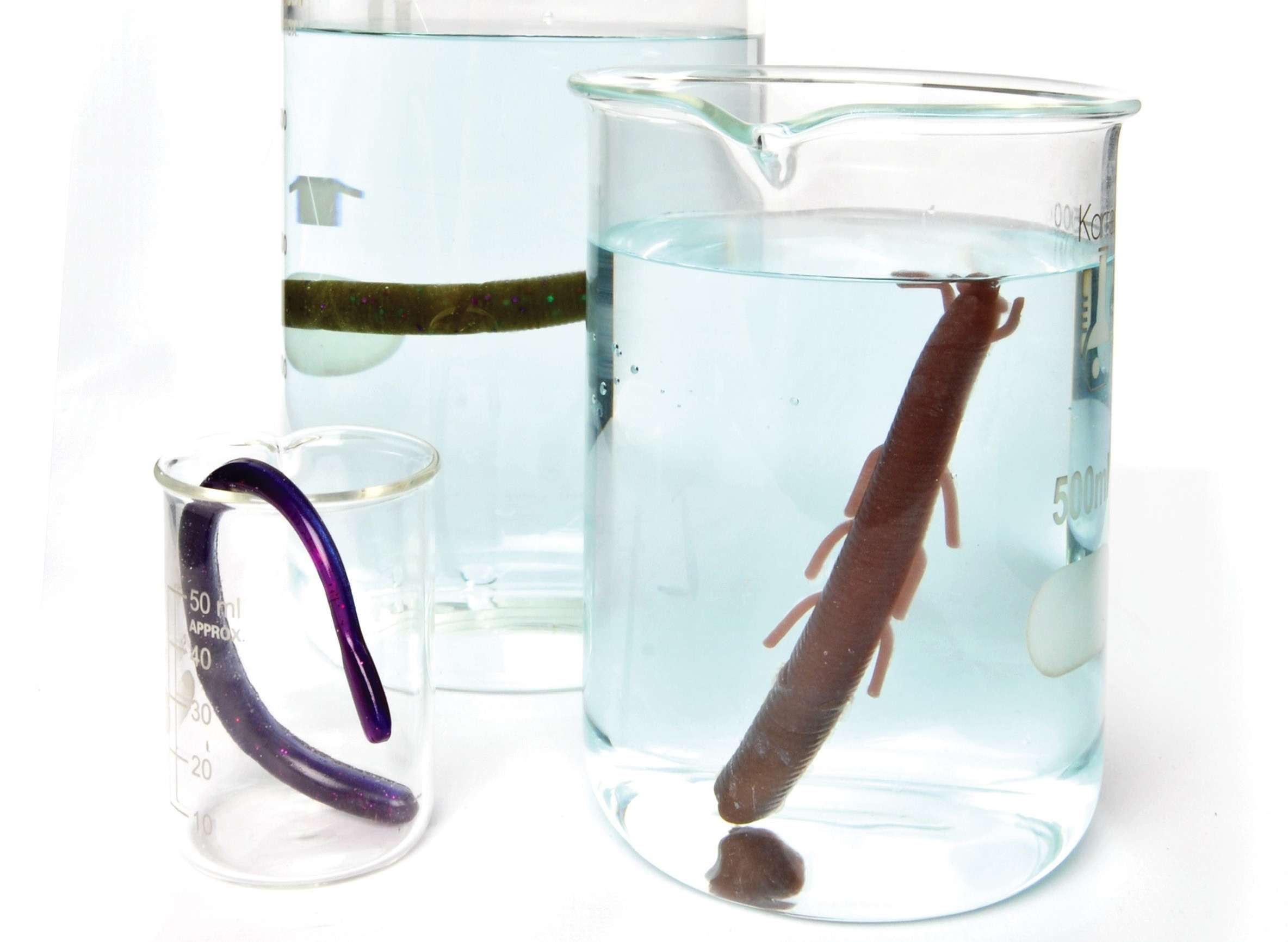
One of bass fishing’s most perplexing conundrums is selecting which soft plastic bait to fish in a given situation. With the myriad shapes, sizes, actions and colors of soft plastic baits to choose from, the decision can be overwhelming.
Add to these options two other soft plastic elements that deserve scrutiny: density and texture.
Texture refers to the hardness or softness of the bait, explains John Prochnow, Berkley’s director of product innovation, who has a degree in chemical engineering.
“Density has more to do with the weight or mass of the bait,” Prochnow says.
Density and texture are related because denser plastics, which are heavier, tend to harden the bait, Prochnow adds. The density of the plastic also influences, among other things, the lure’s sink rate.
Texture is the major consideration with Texas rigged baits for Bassmaster Elite Series pro Edwin Evers of Oklahoma.
“There’s a fine line between a bait that’s too soft to get through cover and too hard to hook fish,” Evers says. “I think Zoom baits have just the right amount of density.”
However, even within Zoom’s line of soft plastics, some lures have more density than others. Few Elite pros have given as much thought to soft plastic density as Texan Gary Klein, one of the most analytical anglers to ever catch a bass.
Sink Rate
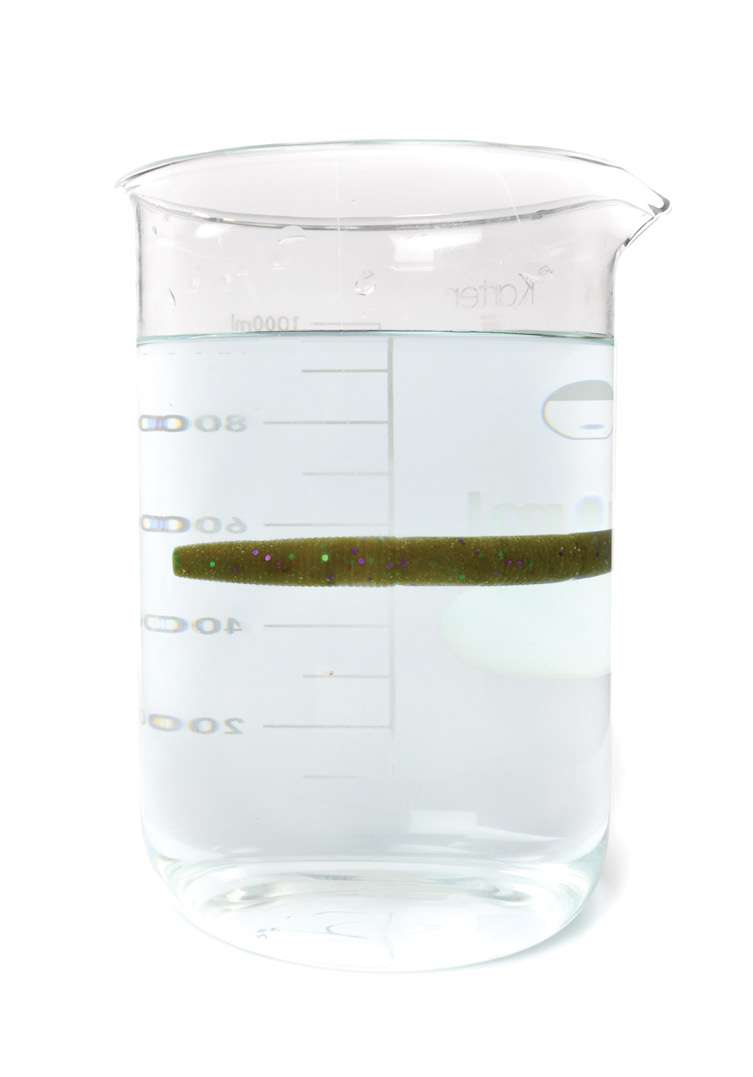
“When I look at a hard bait, I think in terms of depth and speed and what I can accomplish with that tool,” Klein says. “I look at a plastic bait the same way.”
With stickworms like the Senko, speed equates to how fast the lure sinks, Klein reasons. Stickworms are typically molded from a dense plastic that has been infused with salt to increase its weight and sink rate.
The Gene Larew Salt Craw is credited with starting the salt craze in soft plastic baits when it was introduced in 1983. Larew added salt to appeal to a bass’ taste buds. Today, salt is also used in many soft plastics to increase the sink rate.
To allow each end of a stickworm to quiver enticingly as it sinks on a slack line, the plastic must have just the right stiffness and rate of fall, Klein emphasizes. This is especially critical with the wacky rig.
“It’s not as easy as people think,” Klein says. “If the plastic is too stiff, there isn’t enough action. If it’s too soft, the bait just folds in half as it sinks.”
Durability
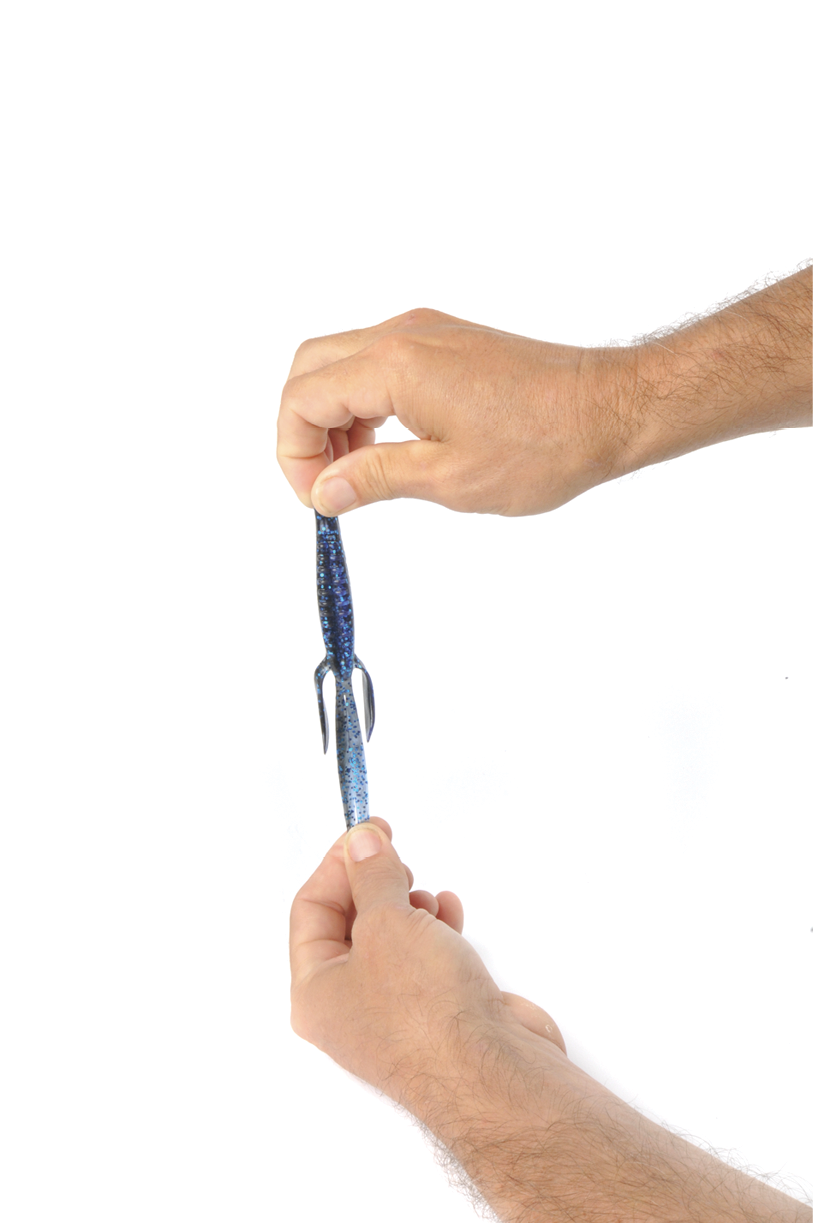
Klein credits Gary Yamamoto with getting the density and sink rate just right with the Senko, which has proved to be a superb bass catcher. Yum’s Dinger has a similar shape and design, but it is made from a more durable plastic than the Senko, Klein claims. It holds up better to strikes and skipping presentations.
Whenever Klein skips or pitches a Texas rigged bait into dense cover, he selects a lure molded of a dense, tough plastic that will withstand some abuse. A bait that is too soft tears up quickly, which forces you to waste time and money digging for a replacement. Klein’s favorite flippin’ baits are Havoc’s Pit Boss and Berkley’s PowerBait Chigger Craw. The Chigger Craw is the denser and the more durable of the two, Klein points out.
“They’re both great baits for Texas rigging and as jig trailers,” Klein says. “But when I’m punching mats, I can catch 10 bass on a Chigger Craw to four with a Pit Boss.”
As with the Pit Boss and Chigger Craw, a difference in density can change how a lure in a particular soft bait category should be fished. Klein offers the tube as an example.
The original Bobby Garland tube, introduced in the ’70s, had thin walls and no salt. Similar tubes are still popular. When matched with a light, internal jighead and fished on gossamer line, they twist and turn enticingly on the fall. They’re at their best in clear water where there are few snags.
Thick, multilayered tubes saturated with salt are much tougher and sink faster. They are often rigged with heavy internal jigs for bottom dragging over rocky smallmouth reefs and for aggressive snap-drop retrieves. They are also deadly when Texas rigged with a stout hook for pitching to cover and punching grass mats.
Softness
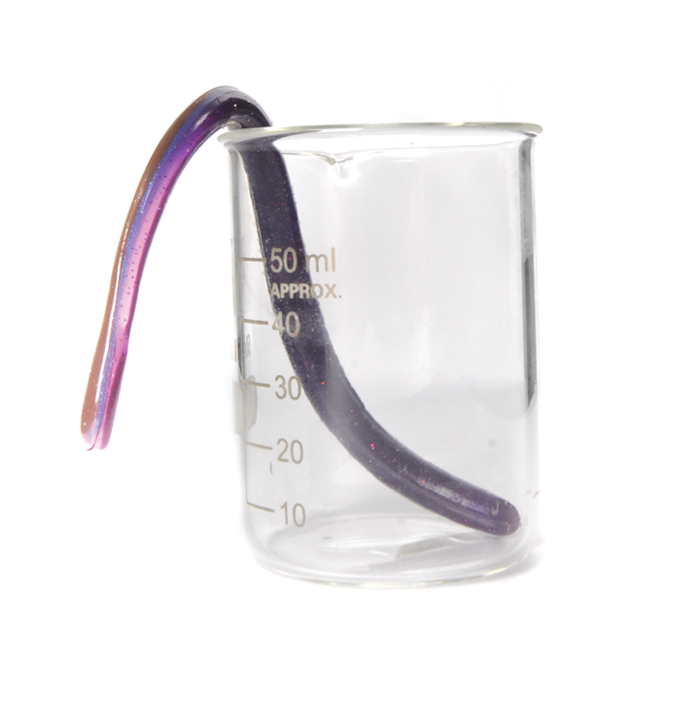
Softer, less dense plastic baits are generally preferred by the Elite pros for finesse fishing. Arizona’s Cliff Pirch excels with light-line presentations. He often scores with a drop shot rig matched with a straight-tail Roboworm. Hand-poured Roboworms are known for their softness.
A major reason a Roboworm works well with drop shotting is that a light-wire worm hook penetrates it easily, Pirch emphasizes. The same advantage applies with a weedless shaky head setup.
Soft plastic baits also have a slower sink rate and are typically more supple than dense plastic baits.
“I want my drop shop bait to be fluid in the water, with a real, natural, weightless appearance,” Pirch says. “A Roboworm won’t automatically sink to the bottom when I give it slack line.”
Buoyancy

A truly buoyant soft plastic bait floats. Some worms are buoyant enough to float when rigged with a worm hook. However, many Elite pros opt for a soft worm, such as Zoom’s Trick Worm, for the floating-worm tactic. Soft worms sink, but they do so slowly because they are not made from a dense plastic.
Elite Series pro Matt Lee of Alabama relies on Strike King’s KVD Finesse Worm when he wants to coax bass up with a floating-worm presentation.
“I don’t ever use true floating worms,” Lee says. “The KVD Finesse Worm sinks when you stop your retrieve, but I keep it moving like a jerkbait.”
To maintain the KVD Finesse Worm’s slow sink rate, Lee rigs it Tex-posed with a light offset worm hook.
Strike King’s minnow-shaped Zulu floats on the surface even when rigged with a large hook. Made from stretchy ElaZtech plastic, it can be twitched and paused on the surface or worked with a subtle dog-walking action. It also floats up when fished on a Carolina rig.
Gene Larew’s Three Legged Frog also floats with a large hook. The top of this toad-style bait is made of a buoyant plastic, while the belly and legs are a standard soft plastic material that gives the legs more action. You can retrieve this lure steadily like a toad. Should a bass strike and miss the bait, stop the retrieve and coax the bass to commit by twitching the Three Legged Frog in place.
Dual Density
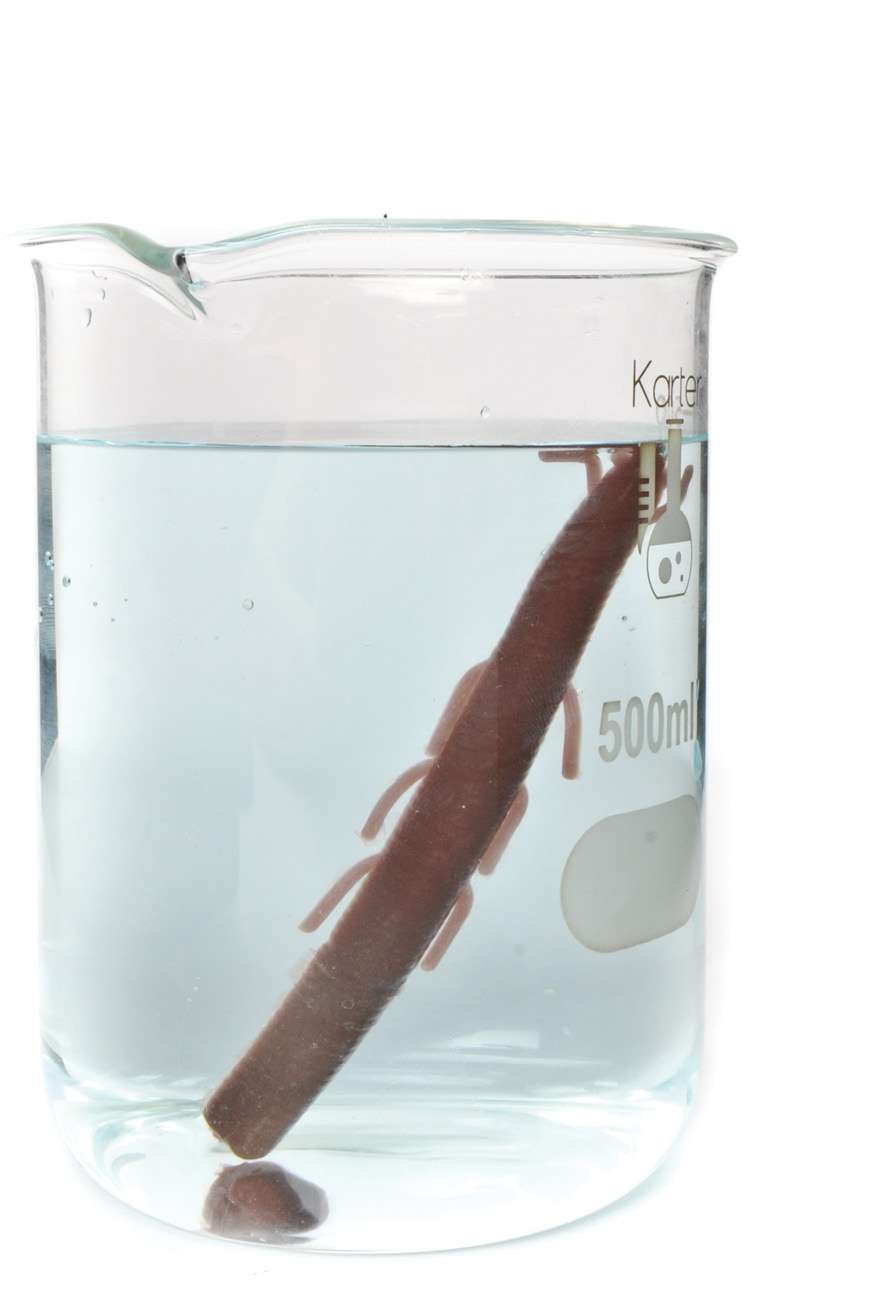
The Three Legged Frog isn’t the only bait molded of two soft plastics that have different densities and textures. Ike’s 4-inch Back Slide, a Berkley Havoc bait, is lighter in the front half and heavier in the back. This makes the French-fry-style lure glide backward as it sinks on a slack line, to get farther under docks and other bass cover. Designed by Elite Series standout Michael Iaconelli, the Back Slide also quivers as it falls and has tiny flailing appendages.
Noted Potomac River bass guide Steve Chaconas is big on Mann’s HardNose series of baits. They feature a harder, more durable plastic in the nose, with a softer, livelier plastic in the body. The dense nose holds worm hooks firmly, which significantly increases how many bass you can catch on one lure. The HardNose line includes many popular styles, including a sinking worm, jerkbait, swimbait, toad, lizard and straight and ribbontail worms.
DEEPER INTO SOFT PLASTIC FORMULAS
The quest for the perfect soft plastic formula is no small matter, claims John Prochnow, Berkley’s director of product innovation.
Prochnow states that Berkley has developed more than 100 different plastic formulations to make each of its many soft plastic baits the best it can be. More than 50 of these formulas are for bass baits.
“The foremost consideration is what type of action you are looking for in that shape of a bait,” Prochnow says.
For example, the plastic in a 7-inch ribbontail worm must be supple enough to allow the tail to work with the right action. But that’s only one factor.
“You also want the worm to be durable enough for Texas rigging and soft enough to be palatable to a bass,” Prochnow says.
Berkley has done tests with live fish to determine how they respond to soft plastic material of different densities. Some species, including bass, are more inclined to spit out a hard soft plastic bait faster than a softer one, Prochnow explains.
Complicating matters are the various colorants that allow soft plastic baits to be made in such a wide array of hues.
“Some colors harden the plastic, while others do not,” Prochnow says.
To ensure that each lure of a given style has the same action, density and texture, Berkley adjusts the plastic formula according to the colorant being used.
Density matters. It matters a lot.





